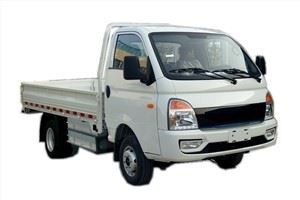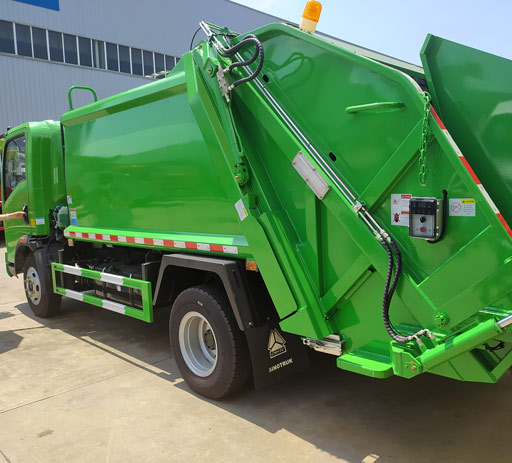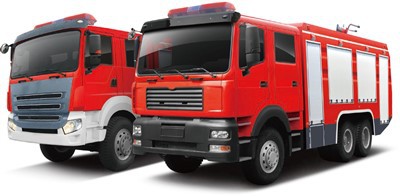IMT service bodies represent a crucial aspect of mobile workforces across various industries. Designed to enhance efficiency and productivity, these specialized bodies are essential for transporting tools, equipment, and personnel to job sites. In this article, we will delve deep into IMT service bodies, exploring their features, applications, benefits, and maintenance tips to maximize their utility.
What is an IMT Service Body?
An IMT service body is a specialized utility bed designed to facilitate the storage and transport of tools and equipment. Typically mounted on a truck chassis, these service bodies are engineered to meet the demands of a mobile service operation. IMT, or Iowa Mold Tooling Co., Inc., is one of the leading manufacturers of service bodies, recognized for their quality and functional design.
Key Features of IMT Service Bodies
- Durability: Constructed from high-grade materials to withstand harsh working conditions.
- Customization: Available in various configurations to meet specific industry needs.
- Storage Solutions: Features like shelves, drawers, and compartments for organized tool storage.
- Easy Accessibility: Designed for easy access to tools and equipment, improving workflow efficiency.
- Integrated Technology: Some models come with built-in lighting and electrical systems.
Types of IMT Service Bodies
1. Standard Service Bodies
Standard service bodies are designed for general use, offering a variety of compartments and storage options. These are ideal for contractors, electricians, plumbers, and other tradespeople who require a reliable storage solution on the go.
2. Crane Service Bodies
Crane service bodies are equipped with a mounted crane, allowing operators to lift and move heavy materials and equipment easily. Commonly used in construction and utility industries, these bodies provide significant advantages in lifting capabilities.
3. Disaster Response Bodies
Some IMT service bodies are specifically designed for emergency services and disaster response. These bodies may include specialized storage for rescue tools, medical supplies, and other entities vital for emergency operations.
Applications of IMT Service Bodies
IMT service bodies find applications in diverse industries, enhancing productivity in various sectors.
1. Construction Industry
In the construction sector, service bodies are essential for transporting tools and equipment to job sites. Their compartmentalized storage ensures that workers can easily find and access necessary items, saving time and improving project timelines.
2. Utilities and Telecommunications
Utility companies frequently utilize IMT service bodies for maintenance and repair tasks. These vehicles can carry ladders, cables, and specialized equipment, streamlining the repair processes for electrical, water, and telecommunications infrastructures.
3. Automotive and Fleet Services
For automotive professionals, service bodies provide a mobile workshop environment, enabling mechanics to conduct repairs on-site. This versatility can simplify logistics and enhance service delivery to customers.
4. Municipal Services
Municipalities may deploy service bodies for various operations, including street maintenance and waste collection. These bodies can carry an array of tools and materials, making them indispensable for urban management.
Benefits of Using IMT Service Bodies
| Benefit | Description |
|---|---|
| Increased Efficiency | Streamlined storage and accessibility save time and boosts productivity. |
| Reduced Downtime | Quick tools access minimizes delays in service provision. |
| Enhanced Organization | Compartmentalized storage promotes organization and protects tools from damage. |
| Custom Solutions | Customizable options adapt to specific industry needs. |
| Safety Features | Built-in safety features reduce the risk of accidents during operations. |
Choosing the Right IMT Service Body
Factors to Consider
- Industry Needs: Assess the specific requirements based on your industry and operations.
- Vehicle Compatibility: Ensure the service body matches your vehicle’s specifications for optimal performance.
- Load Capacity: Choose a service body that can handle the weight of your tools and equipment.
- Customization Options: Investigate available customization features that can enhance usability.
Practical Example
A plumbing company might choose a service body with specialized compartments for various pipes, fittings, and plumbing tools. The added crane feature could assist in lifting heavy equipment, maximizing efficiency on the job site.
Maintaining Your IMT Service Body
Proper maintenance enhances the lifespan and performance of your IMT service body. Here are some key maintenance tips:
1. Regular Cleaning
Regularly clean the service body to remove dirt and debris that can cause wear and tear over time. Pay special attention to compartments and joints.
2. Inspection and Repairs
Conduct periodic inspections to identify and address any signs of damage or wear promptly. Repair any issues immediately to prevent further damage.
3. Lubrication
Lubricate moving parts such as hinges and locks to ensure smooth operation and prevent rust.
4. Proper Loading Techniques
Adhere to recommended load limits and distribute weight evenly across the body to maintain balance and control.
IMT Service Bodies: Trends and Innovations

1. Sustainable Materials
With growing environmental concerns, manufacturers are focusing on sustainable materials for service bodies, optimizing durability while minimizing ecological impact.
2. Smart Technology Integration
Modern service bodies are also integrating smart technologies, like GPS tracking and mobile app compatibility, which enhance security and operational efficiency.
Frequently Asked Questions (FAQ)
1. What is the average cost of an IMT service body?
The cost of an IMT service body can vary widely based on customization and features, typically ranging from $5,000 to over $20,000.
2. How long do IMT service bodies last?
With proper maintenance, IMT service bodies can last for many years, with some lasting over a decade or more depending on usage and care.
3. Can I customize my IMT service body?
Yes, IMT service bodies offer various customization options, allowing you to tailor the body to suit your specific needs and preferences.

4. Are IMT service bodies safe to use?
IMT service bodies are designed with safety in mind. They include features to prevent accidents and facilitate safe operation during service tasks.

5. How can I improve the efficiency of my IMT service body?
Improving efficiency can involve properly organizing tools, ensuring easy access to frequently used items, and regularly maintaining the body to prevent downtime.
6. Where can I find IMT service bodies for sale?
IMT service bodies can be purchased through authorized dealers, online platforms specializing in commercial vehicles, and directly from IMT’s official website.